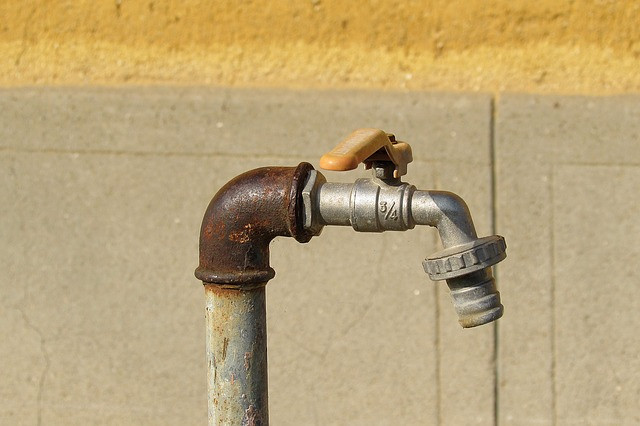Ozone Resistant Materials
|
Good Materials -Teflon (PTFE, FEP, PFA) -316 Stainless Steel -Viton -Silicone -CPVC -Kynar (PVDF) |
Bad Materials -Buna-N (Nitrile) -Nylon -Steel (mild) -Cast Iron -Acetal -Natural Rubber |
This is a short list. The bad materials listed are very bad with ozone use and should never be used under anycircumstances. The good materials are very good and can be used with no consideration for ozoneconcentrations or type of use. Everything not listed is somewhere in the middle. Many charts will give somesubjective (inaccurate) rating to other materials. However, only you can determine if the material in question will work for your specific application. Read below to learn how to determine if your material of construction is a good choice.
The Basics:
-Ozone is highly corrosive, poor quality materials will cause ozone leaks
-Materials will react different to “Wet” and “Dry” ozone
-Ozone concentrations will effect material compatibility
-Many times, the best method to determine compatibility is to perform your own testing
Ozone is an oxidant. Therefore is will oxidize materials just as oxygen will naturally oxidize materials in our world around us. Only ozone as a more powerful oxidizer will oxidize all materials faster.
When determining if a material can be used with ozone consider how that material holds to normal oxidation outdoors in fresh air. Or if using with water, how that does material hold up to chlorine in city water. If the material breaks down over time, ozone will only speed that up by 100 times or more.
Consider your ozone level. Higher ozone levels will oxidize materials faster. Many industrial ozone systems are producing ozone gas at 5% or greater in concentration. Ozone water systems are providing 2 ppm of ozone in water or higher. If your system uses much lower levels of ozone, then considering less quality materials is an option. However, if these parameters are in your design, then certainly only the good materials listed above should be used.
Consider if you are exposing this component to dry ozone gas, ozone dissolved in water, or ozone off-gas (wet ozone gas), as lower quality components will react to each differently.
 *example of pipe fittings that are resistant to oxidation and not resistant to oxidation. It is usually very easy to identify materials that will not withstand ozone oxidation.
*example of pipe fittings that are resistant to oxidation and not resistant to oxidation. It is usually very easy to identify materials that will not withstand ozone oxidation.
More info on Material Resistance to Ozone can be found at the articles below:
Durability test results of construction and process materials exposed to liquid and gas phase ozone.
Ozone resistance chart from EcoSEnsors - tech tip
Complete chart on ozone resistant materials










